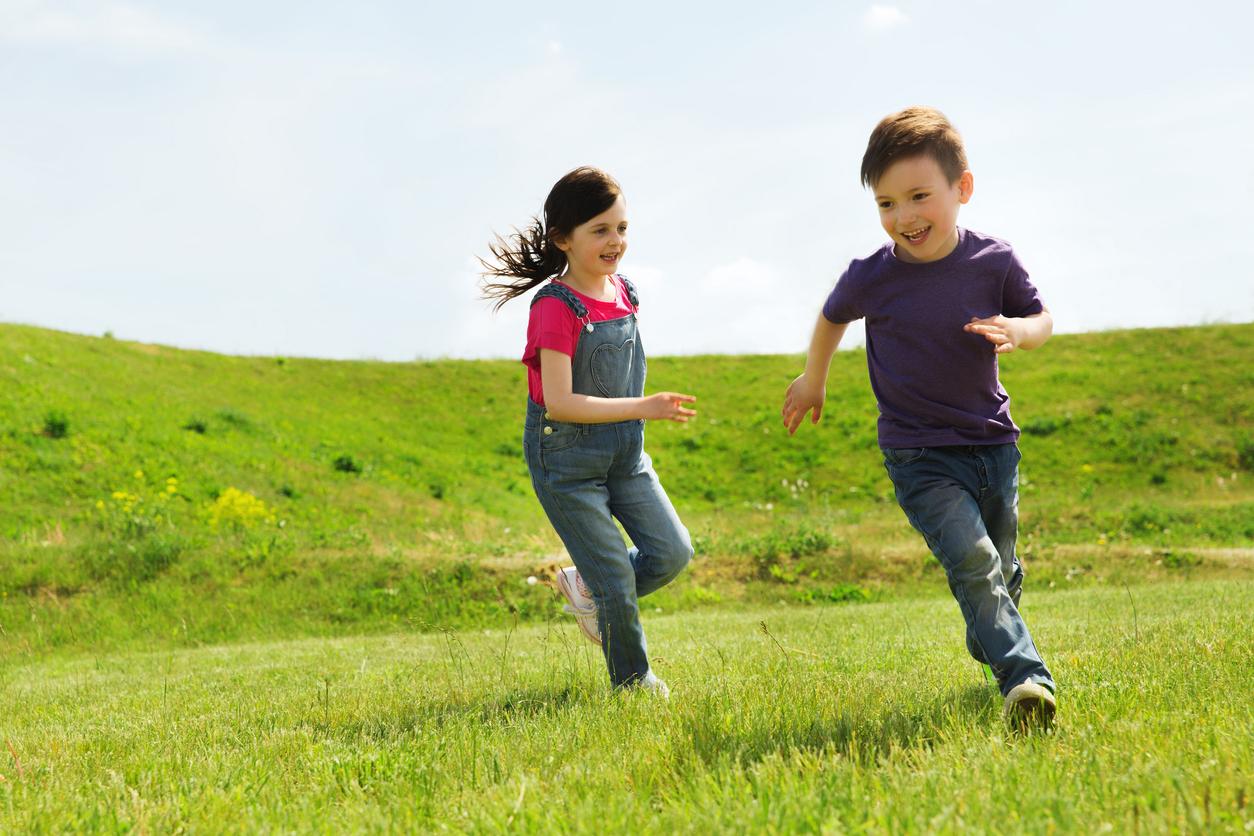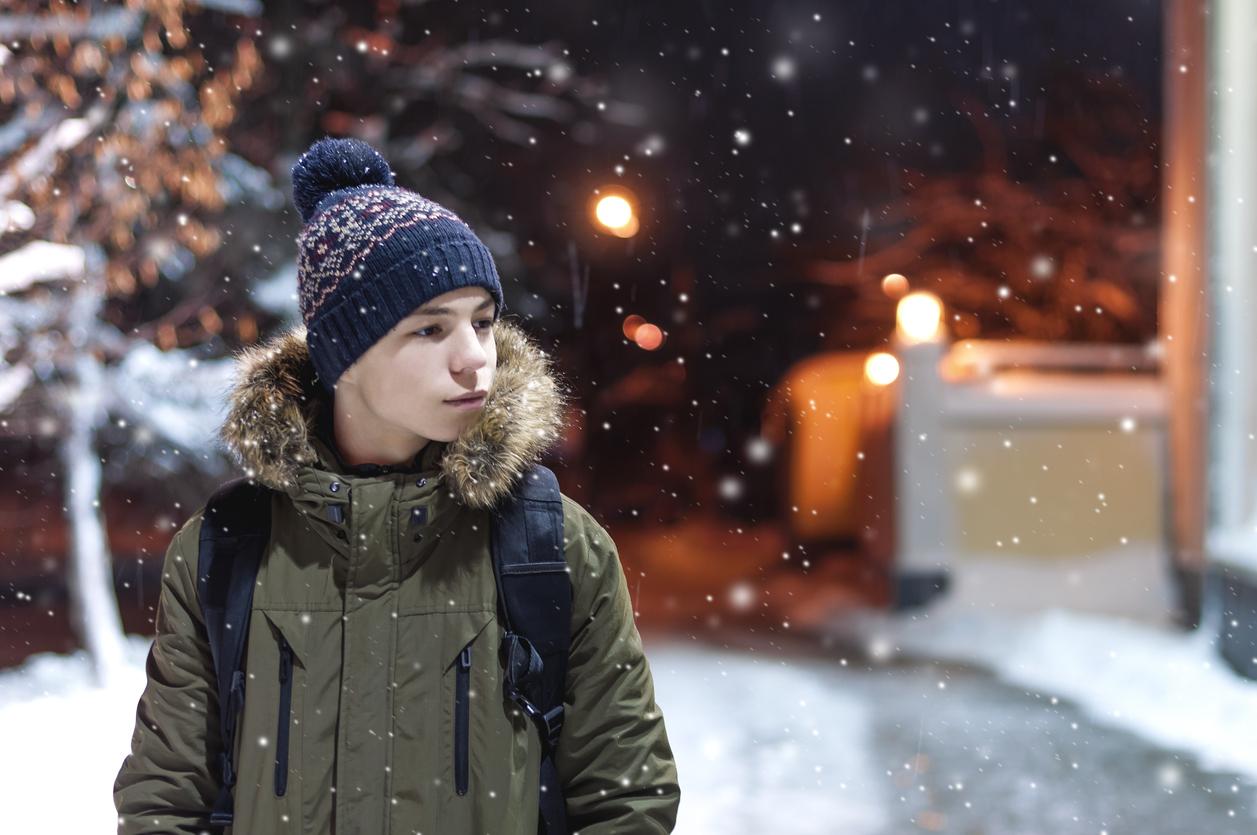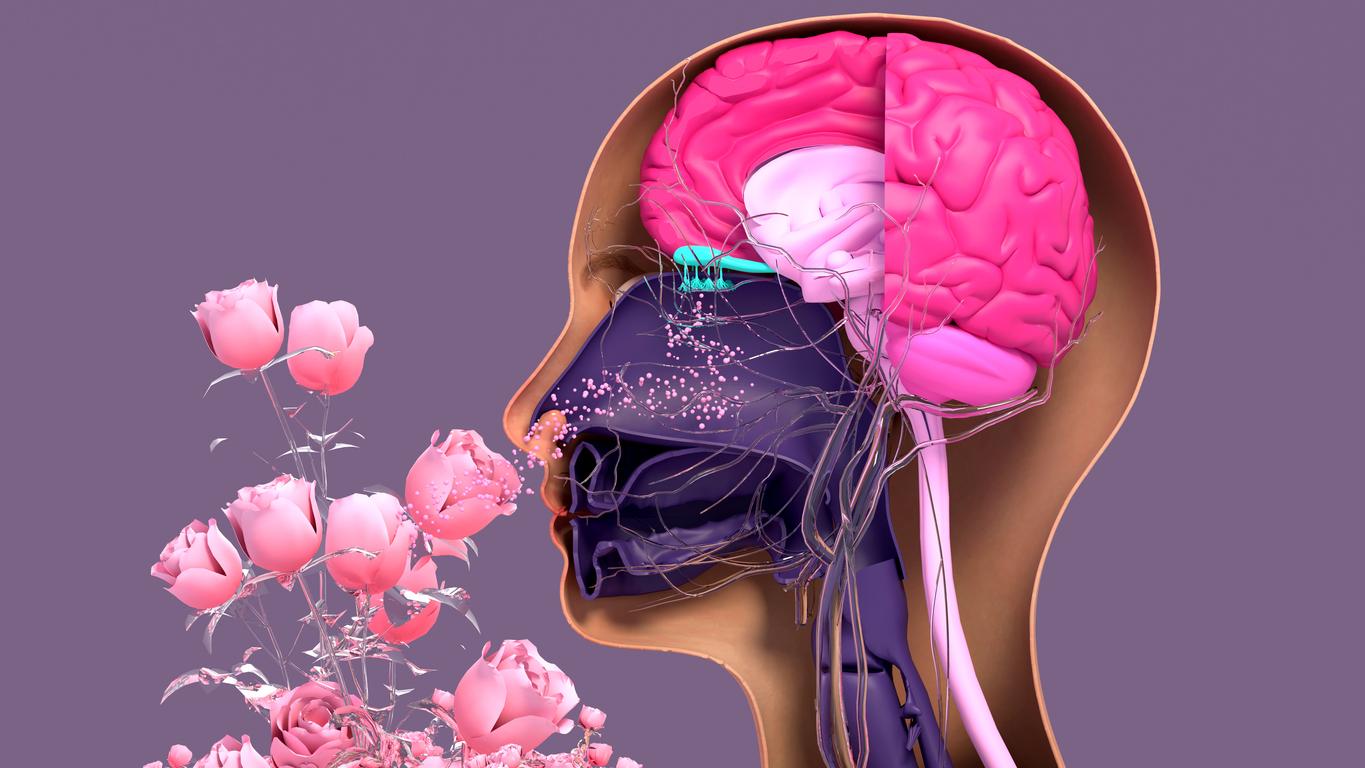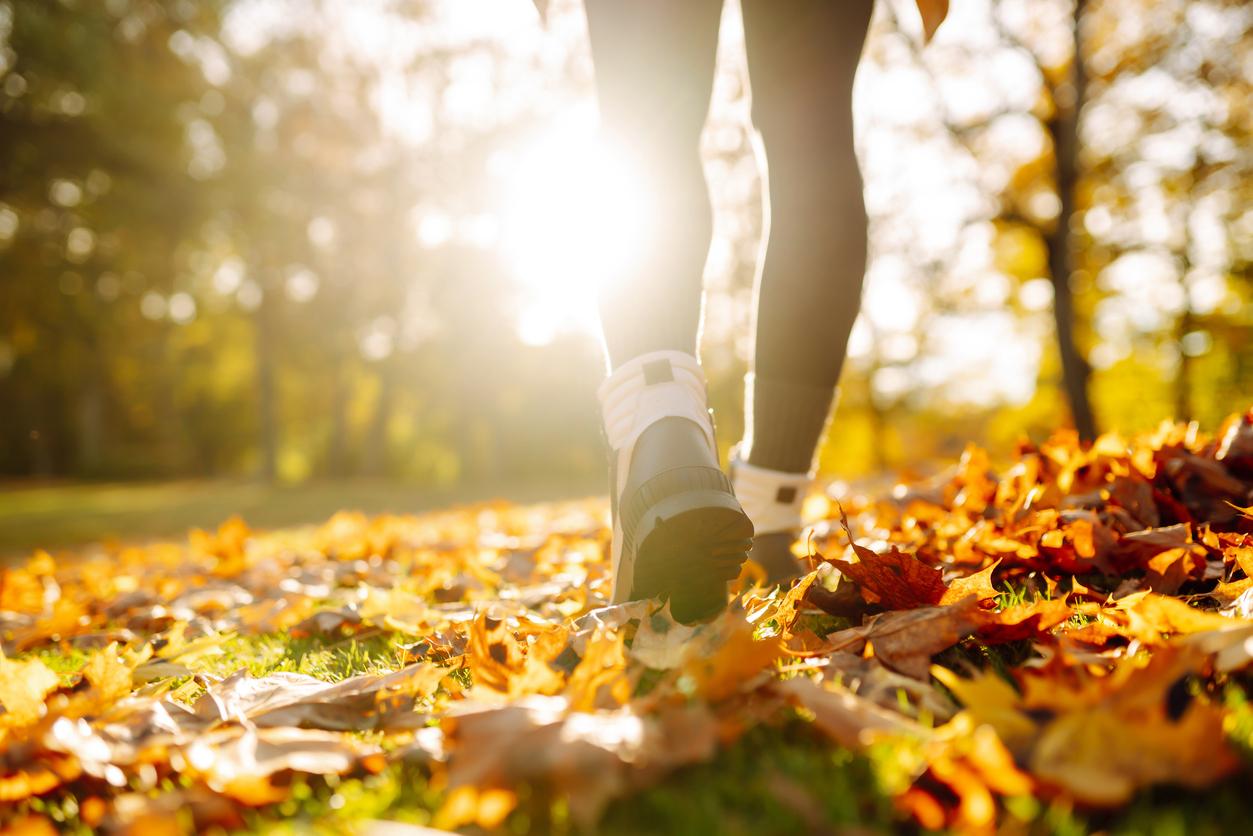Compared to boys, two-year-old girls spend less time outdoors and are less physically active, making them more likely to have mental health problems as they age.

- Unlike boys, preschool girls spent less time playing in nature, which may have long-term impacts on their mental health.
- Compared to Caucasian youth, children from minority ethnic groups play less.
- Toddlers aged two to four years living in rural areas spend more time playing outside than those in urban areas.
1,2,3 sun, hide and seek, dodgeball, treasure hunt… Playing in nature has significant benefits for the physical and mental health of young people. When children play outdoors, they are more likely to be active, play adventurously, such as climbing trees, and connect with and learn about nature. However, data on the effects of outdoor play in preschool children are scarce. Thus, researchers from the University of Exeter (England) carried out a study published in the journal Journal of Physical Activity and Health.
To carry out the research, the team recruited a sample of 1,166 parents or carers of children aged 2 to 4 living in Britain. Caregivers were asked to report the amount of time toddlers spent playing in seven locations and the associated level of adventure play. Responses were used to calculate time (in hours per year) of total play, outdoor play time, and adventure play time. “Associations between sociodemographic characteristics and gaming outcomes were examined, controlling for relevant confounding variables,” the authors clarified.
Physical activity: “Girls may already be at a disadvantage very early in life”
Outside of childcare, preschool children spend approximately 4 hours a day playing, including 1 hour 45 minutes outside. Most outdoor games took place in the gardens of houses. Outside of the home, toddlers most often had fun on playgrounds and in green spaces. “Levels of adventure play are highest in indoor play centers, followed by playgrounds and green spaces”we can read in the results.
Researchers found differences in the amount of time boys and girls spent playing outside in nature. According to the research, compared to girls, boys spent more time playing outside, mainly due to time spent in green spaces. “Older children tend to be put into particular gender roles, and girls may then spend less time playing outside in nature. We did not expect to observe this trend early on. age two and, given the link between outdoor play and physical activity, girls may already be at a disadvantage very early in life.”said Kathryn Heskethwho participated in the study.
Ethnicity and place of residence are also predictive factors
The data also showed that ethnic minority preschoolers played less than Caucasian children. Another observation: young people living in rural areas spend more time playing than those living in urban areas. “As a reminder, problems can arise if children have not had enough opportunity to play adventure and learn to manage feelings of uncertainty and anxiety in a playful way. If they have had “With the opportunity to explore these feelings and emotions through play, they are less likely to react negatively and feel overwhelmed when faced with challenges, such as the first day of school.”explained Helen Dodd, professor of child psychology and co-author of the research.
These findings led the research team to launch a new project to determine whether a play improvement program in schools can benefit children’s mental health.

















